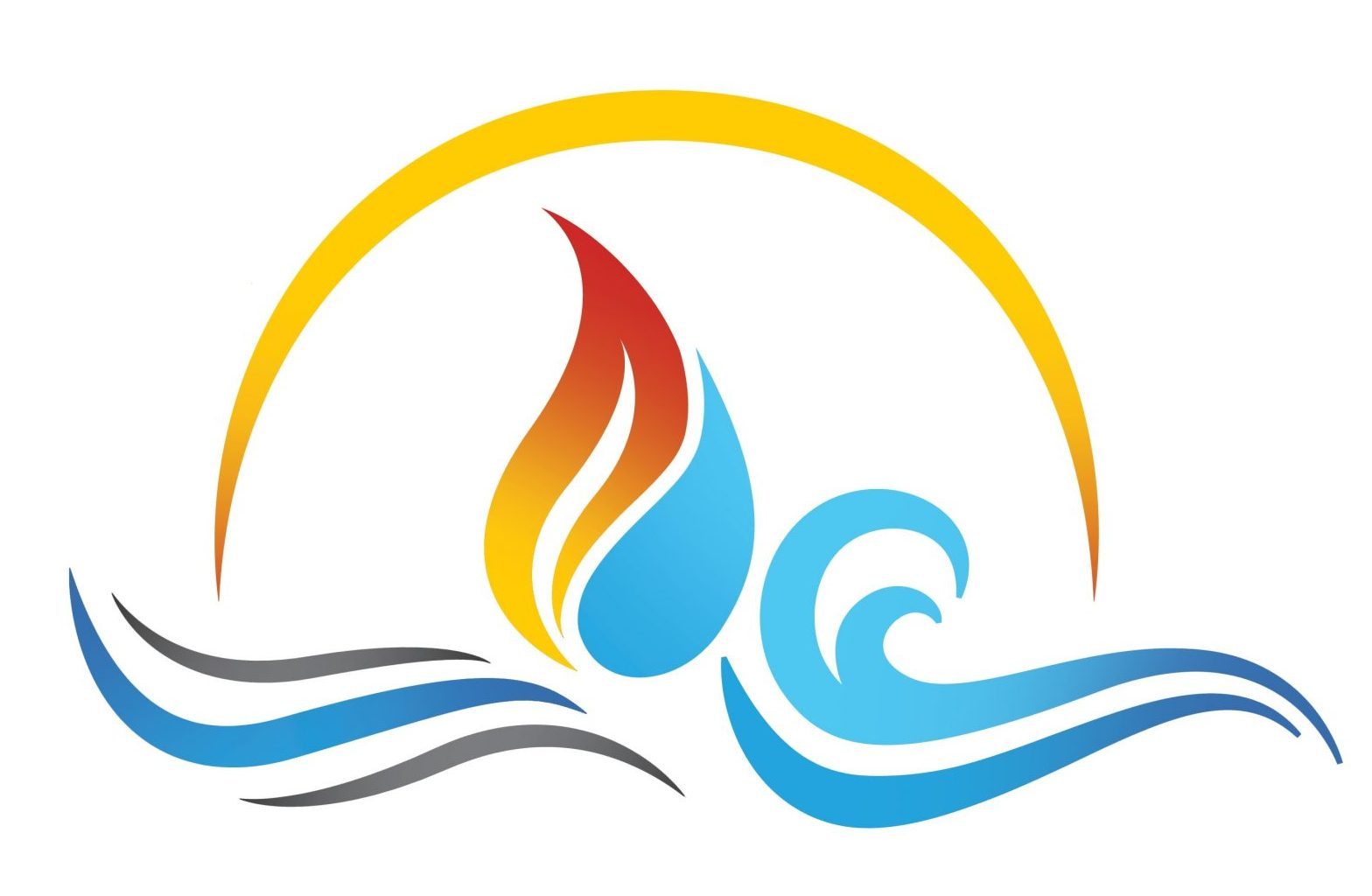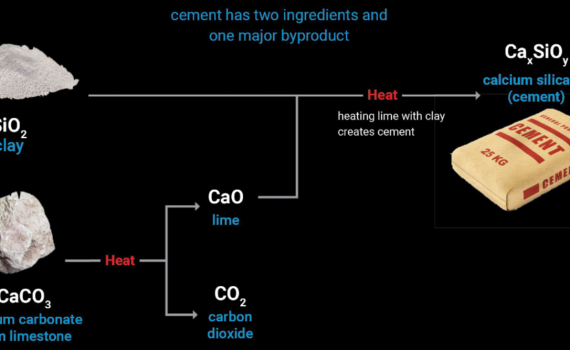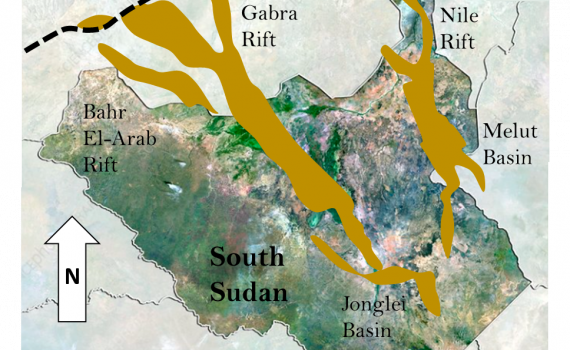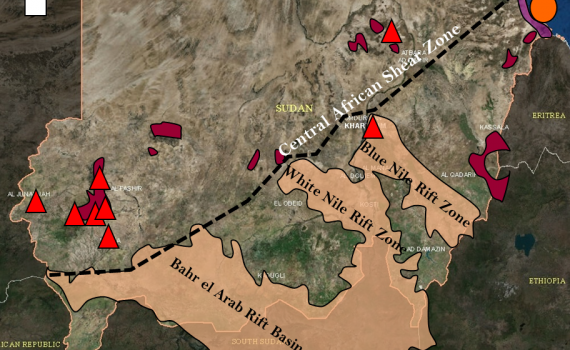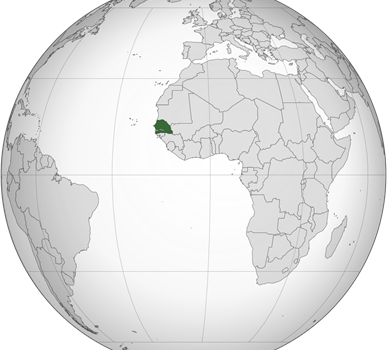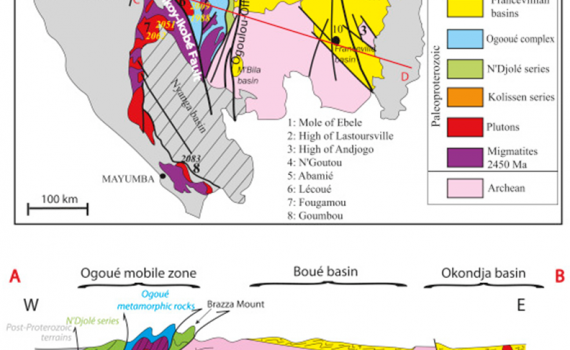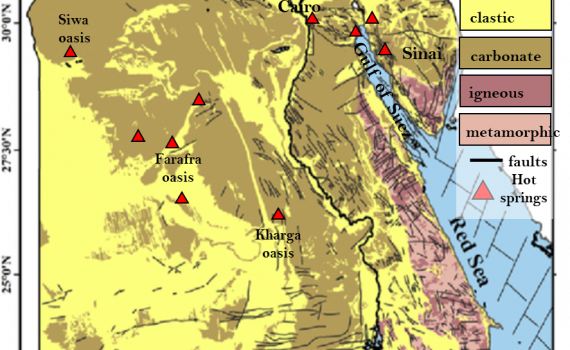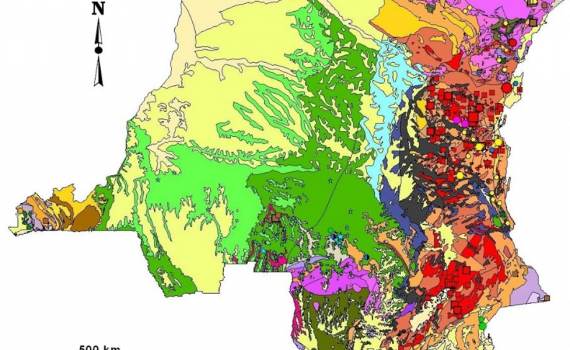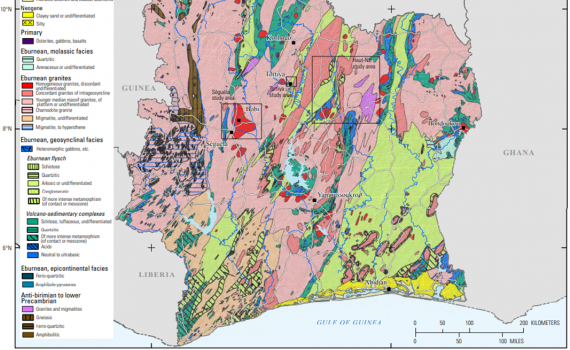The existing steel industry is another significant industrial emitter of carbon dioxide emissions. Carbon Capture and Storage is technically feasible to help mitigate these emissions. Commerciality will depend on whether the particular plant is exposed to Carbon Taxes or, if the steel is exported, to Cross-Border Carbon Duties. But CCS […]
Monthly Archives: September 2021
After consideration of Carbon Capture and Storage from carbon fuelled power plants, there are other significant sources of Carbon Dioxide emissions from industrial process facilities. One such type of facility is Cement Plants. A series of steps would be required to help mitigate and eliminate these emissions. The cement industry […]
Today’s post is (25) South Sudan. Several rift basin features with uplifts and faulted blocks offer geological conditions potentially conducive to accessing higher heat flux at reasonable well depths. Existing oil exploration and development wells may provide evidence of elevated bottom hole temperatures and aquifers in some of these areas. […]
Today’s post (24) Sudan has a very interesting Central African Shear Zone (CASZ) crossing the country with several major rift systems intersecting it from the southern side. The CASZ terminates at the Red Sea rift system. All these geological features have areas of high heat flows with good geothermal temperature […]
Today’s post (23) Senegal is on a good path with world class offshore hydrocarbon discoveries, but the there does appear to be some clean, renewable Geothermal Energy opportunities also. High geothermal gradients have been observed in some oil & gas wells due to volcanism (extrusive and intrusive rocks) along the […]
Today’s post (22) Mauritania has been fortunate to find offshore hydrocarbons to add to existing mineral developments, but there are significant freshwater and energy challenges. There are geological structures with significant heat flux and good geothermal temperature gradients that offer the potential of Geothermal Energy. Hybrid renewable energy systems with […]
Today’s post (21) Liberia has intrusive rock features with potential heat pathways able to be used to access geothermal heat resources but more exploration would be needed to see if reasonable well designs are possible. Part of the West Africa Craton, the Man Shield comprising two areas of Archaean and […]
Gabon is a country with good access to electricity for its population and is blessed with hydrocarbon resources which are exported. Electricity is about one half from carbon based fuels and one half from hydropower. Hydropower is a good renewable energy source, but it can have seasonal intermittency due to […]
Working offshore EG 20 years ago, it was impossible to miss Bioko’s Pico Basile Volcano rising 3000m above the island. And to the northeast on the African mainland, the Mount Cameroon Volcano rises over 4000m – very clear visual evidence of the Cameroon Volcanic Line (CVL) and the geothermal energy […]
Today’s post (18) is Egypt. The presence of the Red Sea failed rift and pulses of volcanism have led to significant heat flows and thermal springs along either side of the Gulf of Suez. Some of these springs have been shown to originate from high crustal heat flow and fault […]
Today’s post (17) Democratic Republic of Congo (DRC) is a country rich in mineral resources, but challenged to have enough energy to capture more value by processing these minerals prior to export. The population has almost no access to electrification and Energy Poverty makes it difficult to achieve any Sustainable […]
A number of countries in African have significant amounts of intrusive rock formations and associated hydrothermal mineralisation ore deposits. (16) Côte d’Ivoire is one such example. The use of Geothermal Energy for electricity would help reduce Energy Poverty, reduce carbon emissions, improve grid stability, and allow more domestic processing of […]
